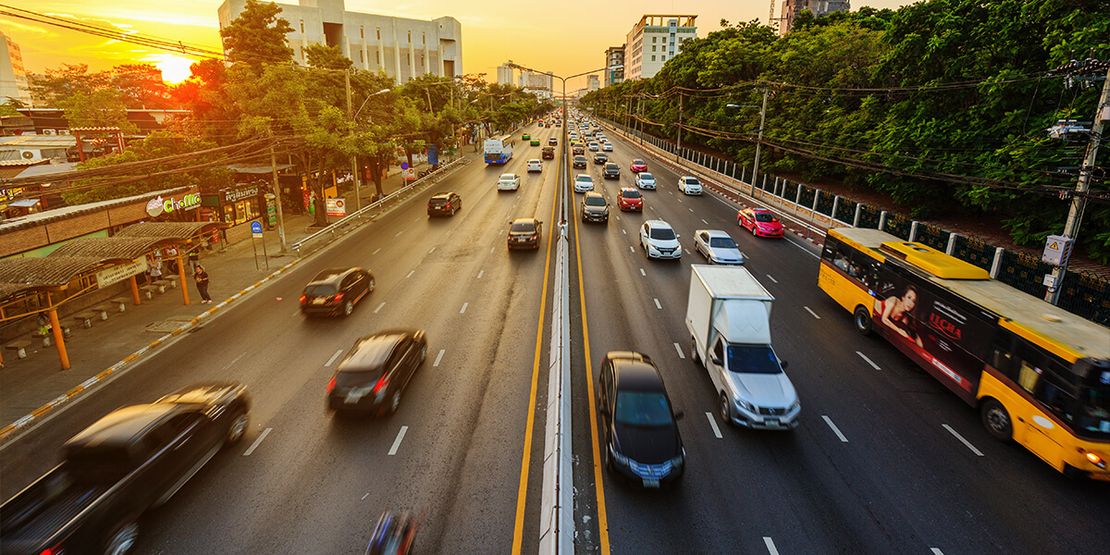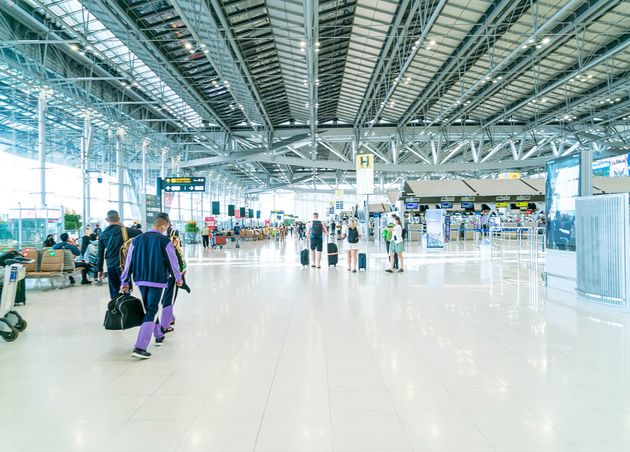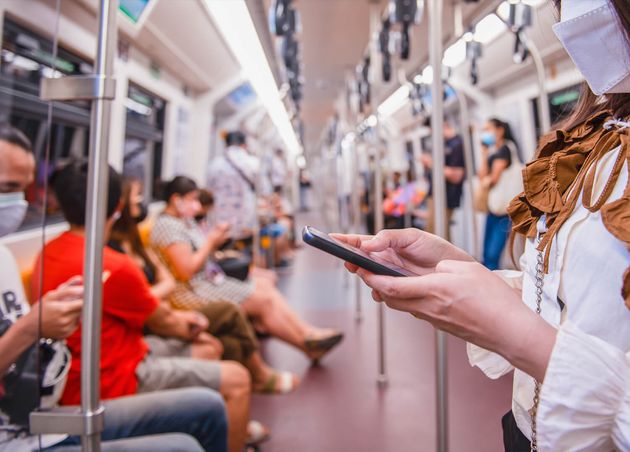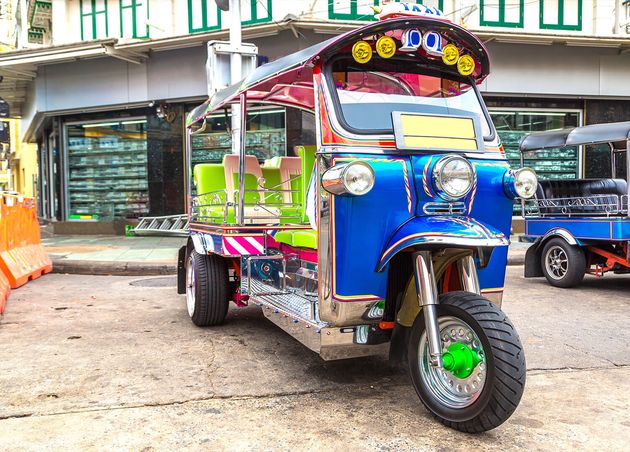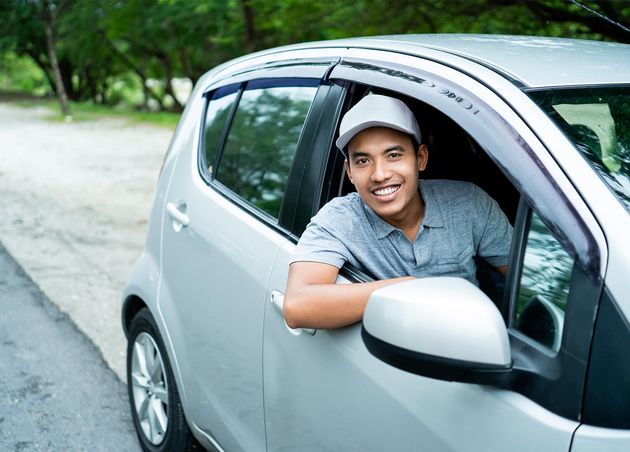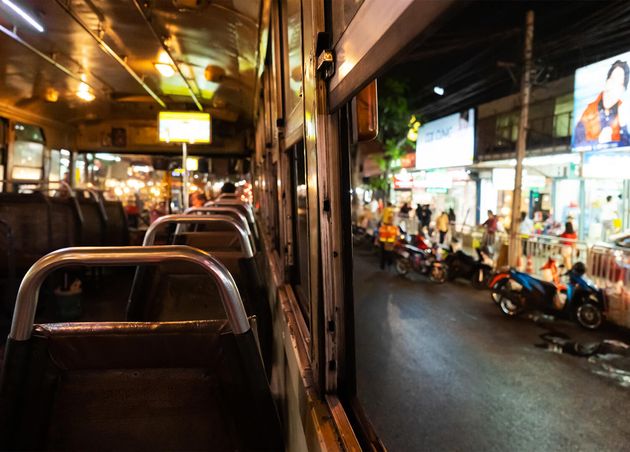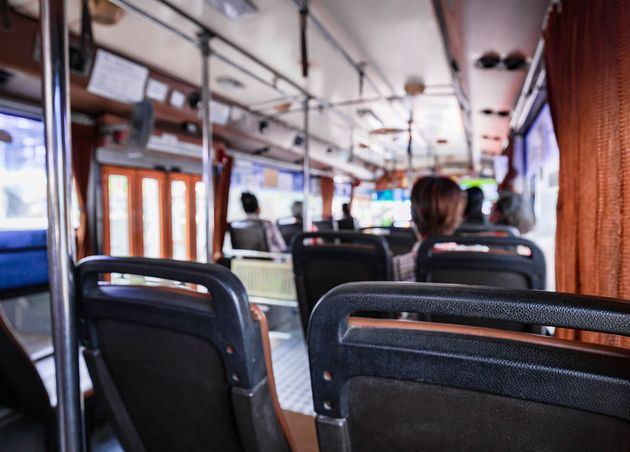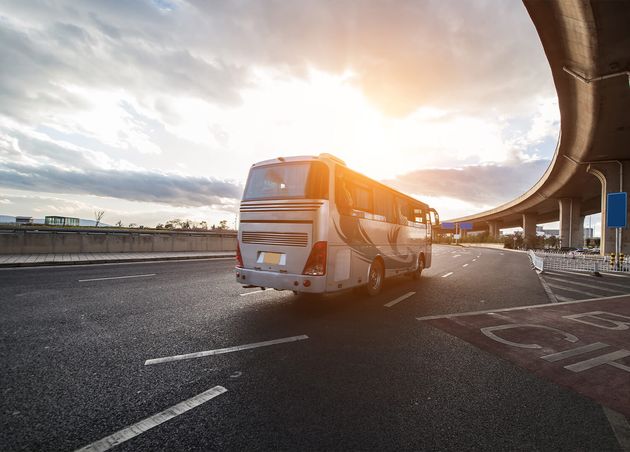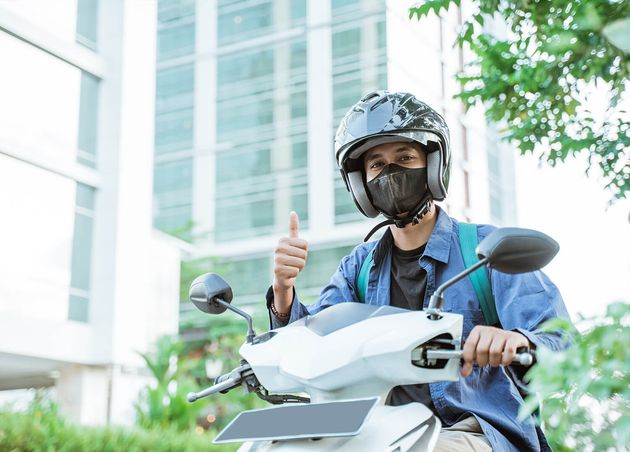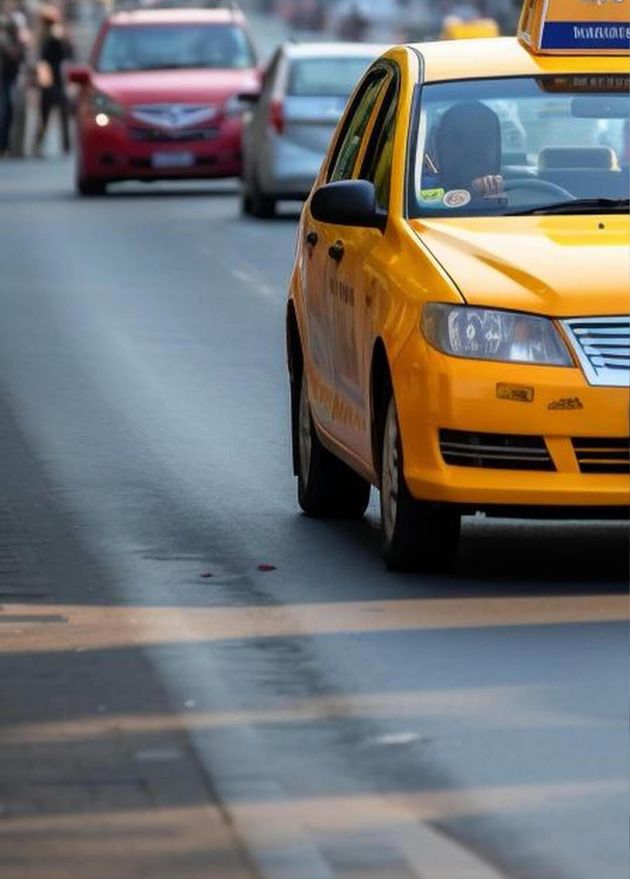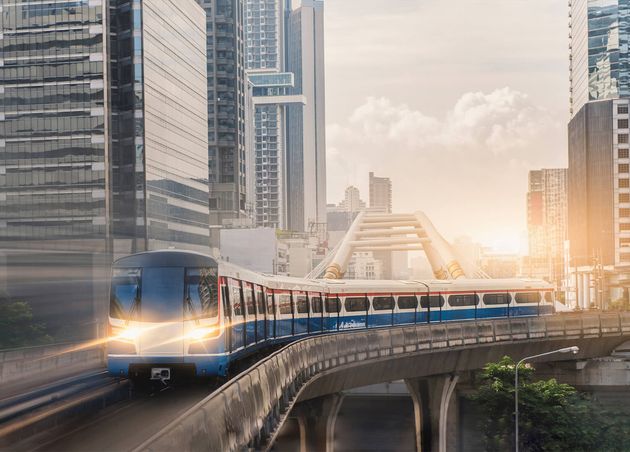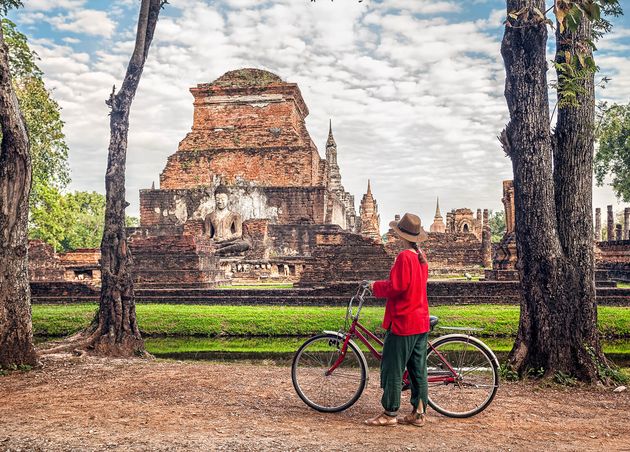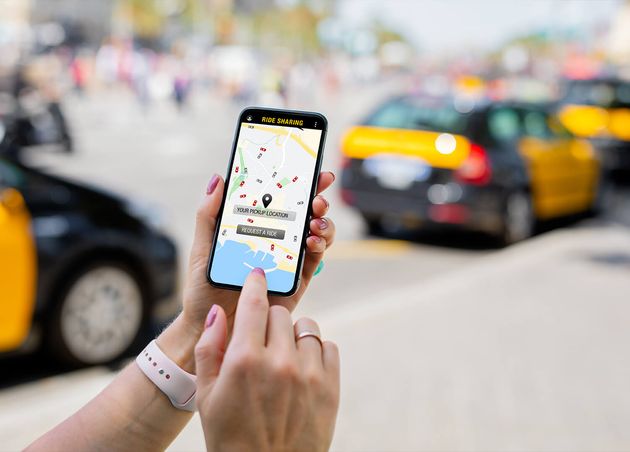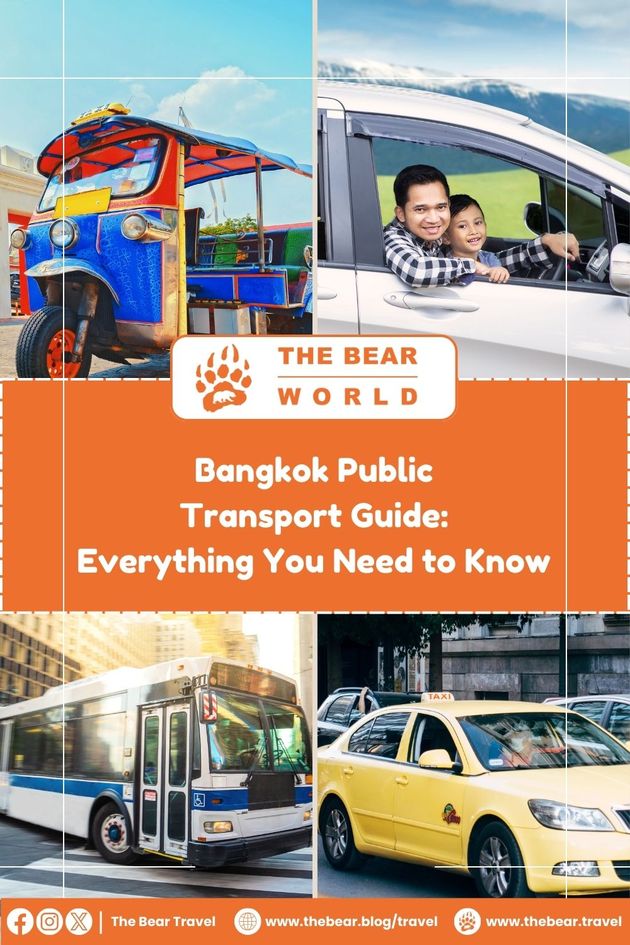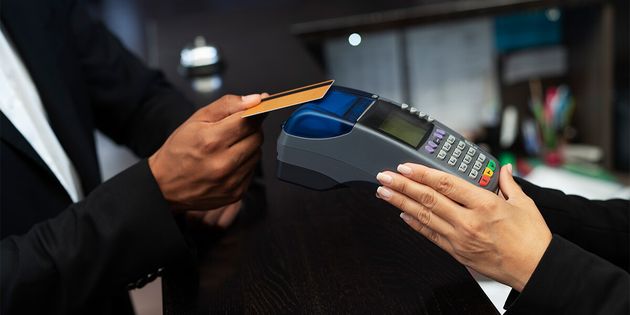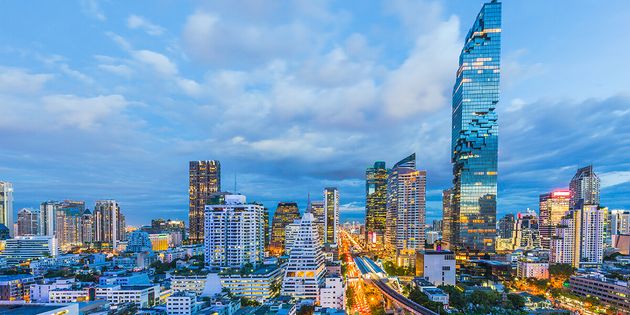Bangkok Public Transport Guide: Everything You Need to Know
Krung Thep Maha Nakhon, more commonly known as Bangkok, is one of the most vibrant and affordable tourist destinations in Southeast Asia. With its unique culture, delectable cuisine, and thrilling entertainment options, Bangkok attracts millions of visitors from around the globe each year.
Navigating the city efficiently is crucial to making the most of your visit, and understanding Bangkok's extensive public transportation system will significantly enhance your travel experience. This complete guide will provide you with all the essential information you need to master Bangkok's public transport and explore the city with ease.
🚀 Expat Fact:
According to the statistics office of the Department of Land Transport, there are more than 44 million registered vehicles in Thailand (Source: Bangkok Post)
Traveling from Bangkok's Major Airports
Bangkok, Thailand's vibrant capital, is not only a top destination in itself but also a great starting point for exploring nearby cities like Koh Chang, Khao Yai, and Kanchanaburi. The city is well-served by two major airports: Don Mueang Airport (DMK) and Suvarnabhumi International Airport (BKK), making it highly accessible for travelers from all over the world.
To ensure a hassle-free transfer from either airport to your destination, Klook offers reliable and comfortable transfer services. Whether you're arriving at Don Mueang or Suvarnabhumi, Klook's seamless transfer options will get you to your hotel or next adventure smoothly.
So, whether you're eager to dive into Bangkok's bustling city life or head out to explore the peaceful countryside, Bangkok's efficient airport transfer services ensure you start your journey in comfort and style.
Bangkok's Available Transportation Options
Traveling through Bangkok during rush hour which seems to last from dawn till evening can be challenging for even the most resilient persons. The main thoroughfares of the city are always congested with colorful cabs.
Fortunately, there are several efficient alternatives to avoid the traffic jams. Bangkok boasts extensive networks of river taxis, the MRT (subway), and the BTS (Skytrain). These options are particularly useful for bypassing the gridlock and reaching your destination quickly. Note that the train systems do not currently service the Khao San Road area, so plan accordingly if you are staying there.
It can be very intimidating to navigate Bangkok's busy city, but it doesn't have to be! There are several convenient ways to get around, and I'm here to help you navigate this bustling metropolis. Here are some of the transportation alternatives you can familiarize yourself with while in the city:
#1 Tuk-Tuk
This three-wheeled vehicle is perhaps the first image that springs to mind when discussing public transportation in Bangkok. In Thailand, they are referred to as tuk-tuk, and the name originates from the sound the engine produces. This is one of the most popular mode of transport for both tourists and locals between locations in Bangkok and other parts of the nation.
To draw in customers, some tuk-tuk drivers may paint or adorn their cars with colorful flowers. Be aware that there is often a price difference between what locals and tourists are charged. For a short ride, the typical fare is around 60 Thai Baht (~US$1.70 or US$2.30). To avoid being overcharged, it's a good idea to hail a tuk-tuk away from major tourist spots and to negotiate the fare with the driver before starting your journey.
#2 Private Car Rental
Having your own car allows you to travel comfortably and stress-free, giving you more time to relax and enjoy your journey. Having your own private vehicle, or at least renting one, is an excellent option, especially if you're planning a day trip to the historic city of Ayutthaya. You can travel in a modern, air-conditioned vehicle with the added benefit of peace of mind.
When renting a private car, you have the option of hiring a driver, which can enhance your experience by eliminating the stress of exploring Bangkok's busy streets. Additionally, you can choose to have a tour guide accompany you, providing valuable insights and information about your destinations. For a more affordable option, consider booking shared transfers. This service offers convenient pick-up and drop-off at your hotel, allowing you to enjoy a comfortable and hassle-free ride while sharing the cost with other travelers.
#3 Bangkok Buses
Getting around Bangkok by bus offers an authentic and inexpensive way to experience the city's daily life. While it's a cost-effective option, be prepared for some challenges. You might encounter crowded buses, demanding conductors, traffic jams, and noisy drivers. Despite these potential discomforts, taking the bus provides a unique glimpse into the everyday rhythms of Bangkok, making it a memorable part of your travel experience.
Buses operated by the Bangkok Mass Transit Authority (BMTA) cover over 100 routes in Bangkok and its surroundings, offering an authentic and inexpensive way to experience the city's daily life. With a fleet of 3,000+ buses of different colors, including air-conditioned and conventional ones, as well as minibuses and buses owned by private individuals, riding them provides a vibrant and memorable experience of the city.
Public buses, also referred to as regular buses, are widely distributed throughout the city. Foreigners may find it challenging to understand the destinations, as they are typically written in Thai. However, having a copy of the Bangkok Mass Transit Authority (BMTA) bus map on your phone or accessing it at bus terminals can be helpful.
The buses come in different colors, with red buses typically lacking air conditioning and orange or blue buses being air-conditioned. Additionally, different buses may follow distinct routes, such as express routes that go straight to the destination without stopping, and regular routes that make stops at various stations. Most buses operate from 5 a.m. to 11 p.m., with night buses running nonstop.
To ride the bus, simply board and pay the driver for your ticket. It's advisable to have small change as larger notes may not always be accepted. The starting ticket fare for buses without air conditioning is typically around 8 Thai Baht (~US$0.20 or S$0.30).
It is best to always verify the latest information on routes, fares, schedules, and any additional details through the official BMTA website or local transportation authorities.
#4 Motorcycle
Similar to tuk-tuks, motorbike taxis are another popular way to navigate Bangkok. Ideal for short trips, motorbike taxis are often less expensive than regular taxis or tuk-tuks. A typical five-minute ride costs around 40 Thai Baht (~US$1.10 or S$1.50).
Before hopping on, make sure to discuss the fare and your destination with the rider. Always wear a helmet for safety, as motorbike taxis, while often faster through traffic, come with increased risk. If you would like to rent a motorbike, I recommend checking out an article titled "Motorbikes in Thailand: Explore Ways to Rent the Best" on The Bear Travel website.
#5 Taxi Cabs
Colorful taxi cabs are a common and comfortable transportation option in Bangkok. To determine if a cab is available, look for a glowing red sign at the front; this sign, written in Thai, indicates the cab is "free."
All taxis are equipped with meters, but it's important to ensure your driver uses it, as some may try to overcharge by turning it off. Additionally, taking the expressway will incur toll fees. For your safety, consider taking a photo of the taxi's license plate and keeping your GPS on to ensure the driver is taking you to the correct destination without unnecessary detours.
Taxi fares in Bangkok start at around 35 Thai Baht (~US$1 or S$1.30) for the first 2 kilometers, and increase with distance. In case of traffic jams, you'll be charged extra for the waiting time. If you're on a tight budget, try negotiating with the driver, especially since some airport taxis may also charge extra for baggage.
#6 Bangkok Mass Transit (BTS Sky Train)
The BTS Sky Train, also known as Bangkok Mass Transit, is a popular and convenient public transit option in the city. The BTS operates on two main lines: the Green Line and the Gold Line. The Green Line starts running as early as 5 a.m., while the Gold Line operates until midnight, allowing passengers to easily access various well-known locations, including Chatuchak Weekend Market and the Victory Monument.
To ride the BTS, you will need to purchase a ticket. The fare ranges from 17 Thai Baht (~US$0.50 or S$0.70) to 47 Thai Baht (~US$1.30 or S$1.80), depending on your destination. If you plan to extensively explore the city using the BTS and your accommodation is located close to a BTS station, it is recommended to consider purchasing a One-Day Pass. Priced at 150 Thai Baht (around US$4.30 or S$5.80), this pass allows you to ride the BTS multiple times on the day of purchase. You can obtain the One-Day Pass at any BTS office.
The information provided may be subject to change so it's always best to verify the latest fares, operating hours, and ticket options through official BTS sources or by consulting local transportation authorities.
#7 Cycling
For both citizens and visitors, cycling is an alternative mode of transportation in Bangkok, albeit one that is less popular. There are many places to rent bicycles in well-known neighborhoods, but there are also lots of places to take interesting cultural bike tours throughout the city.
You will be able to avoid traffic bottlenecks and get a unique experience when you cycle in Bangkok. Bicycle rentals are sometimes quite affordable here, with rates as low as 50 Thai Baht (~US$1.40 or S$1.90) for an hour and around 300 Thai Baht (~US$8.50 or S$11.50) for a day.
#8 E-hailing Services
In Bangkok, e-hailing services like Grab and Bolt are widely used for convenient transportation. Grab is the most popular option, offering various vehicle choices such as cars, vans, and motorcycles. With a standard starting fare of 45 Thai Baht (~US$1.30 or S$1.70), Grab provides reliable and convenient rides throughout the city. Bolt is another available option, generally offering cheaper fares but with limited coverage compared to Grab.
In addition to Grab and Bolt, there are also other e-hailing services available in Bangkok. InDriver allows passengers to negotiate fares with drivers, and NaviGo is a local ride-sharing service. These services offer additional options for travelers in the city.
It's important to note that the availability, coverage, and fares of e-hailing services may vary. It's recommended to download the respective apps and check for availability in your area.
🚀 Expat Fact:
According to a study conducted by the Bangkok Metropolitan Administration (BMA) in 2019, private vehicles accounted for more than two-thirds (68.7%) of all travel in Bangkok. Public transportation, on the other hand, made up 20.2% of the total travel share.
Final Thoughts: Bangkok Public Transport Essentials
As you conclude your exploration of Bangkok's public transport system, remember the key essentials to make your journeys smooth and efficient. Familiarize yourself with the various modes of transportation available to navigate the city effectively.
Invest in a rechargeable transit card, such as the Rabbit Card or the Octopus Card, for convenient fare payments across different modes of transport. Utilize mobile apps for route planning, real-time updates, and ticket purchases to streamline your travel experience.
Lastly, embrace the vibrant energy of Bangkok's streets and enjoy the diverse sights and sounds as you move from one destination to another. With these essentials in mind, you'll navigate Bangkok's bustling metropolis like a seasoned traveler.
Lifestyle Bear
More From The Bear World
Expat Parenting: Raising Kids in a New Culture and Language
Lifestyle Bear
Living Abroad: How to Adjust to a New Culture and Language?
Lifestyle Bear
Condominiums in Bangkok Guide: Everything You Need to Know
Lifestyle Bear


